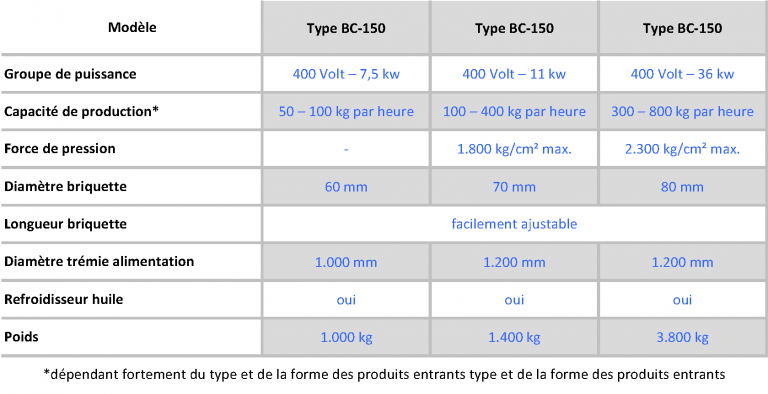

but less comprehensively explored factor affecting the electroadhesive force obtainable.

The interfacial surface interaction is another important 11,18 11. Understanding the effect of surface interactions between the interfacial surfaces is of great importance in understanding any interfacial phenomenon, such as the electroadhesion phenomenon. These electrode geometries include one-electrode designs, double-electrode designs, comb shape designs, spiral shape designs, and concentric designs, among others. Various electrode patterns have been designed and implemented for electroadhesive applications. Įlectrode pattern or electrode geometry is one of the main factors influencing the obtainable electroadhesive forces. (last accessed July 2017).Įlectroadhesion, initiated by high-electric-field induced polarization or electrostatic induction, is a dynamic, electrically controllable, and interfacial electrostatic attraction between an electroadhesive actuator and a substrate. Grabit Inc., see for the benefits of using electroadhesion from Grabit Inc. These advantages include enhanced adaptability, gentle/flexible handling, reduced complexity, and ultra-low energy consumption. This is due to certain advantages that electroadhesion has over other adhesion mechanisms such as pneumatic, magnetic, and bio-inspired methods. robots, and material handling units for manufacturing automation and warehouse automation applications. end effectors for gripping advanced composites and fibrous materials, 6 6. electrostatic chucks for material handling and grasping in semiconductor industries, 5 5. Gonzalez, in IEEE Aerospace Conference, Big Sky, Montana, USA, 2015. and controllable earth orbit grappling, 4 4. Hankins, in Weightlessness and Artificial Gravity Meeting, Williamsburg, Virginia, USA (1971). an adhesive method for space missions such as material handling 3 3. Examples of where electroadhesion is in use include Electrostatic fixtures to hold work-pieces, 2 2. is a promising and potentially revolutionary adhesion mechanism that can be employed to hold or grasp objects in domains such as space, high value manufacturing, robotics, and autonomous systems.


 0 kommentar(er)
0 kommentar(er)
